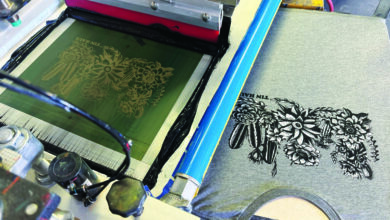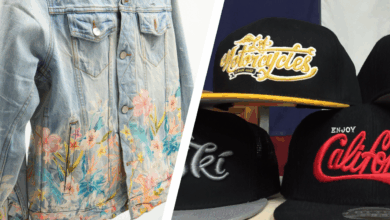
Like most processes and prevention tactics in the personalization industry, everyone is going to have a different opinion regarding tips and tricks when it comes avoiding scorch marks during apparel decoration. Sure, using recommended settings and following manufacturer instructions is critical to gaining success. However, one of the biggest factors impacting the final results is the knowledge and experience of the user and the user-identified settings of the equipment involved.
Every piece of equipment has a learning curve, and every user learns and masters skills differently. Some tricks work great for some, while others work better for the remainder. When learning how to create apparel, trust the process. Learn everything you can, but don’t be afraid to make a couple mistakes along the way.
Here are four tips to help you overcome scorched shirts with little waste:
- Don’t underestimate the value of heat press platen covers. They are made to protect your products. Sometimes investing in something that provides peace of mind is worth it. Heat press platen covers may carry a little bit of a price tag, but they are designed to protect sensitive garments and materials during pressing. They are incredibly useful when customizing polyester performance wear and other synthetic fabrics that are prone to scorching.
- Test your garments before pressing all of your items. Pay close attention to your results every time you change your settings. Take note of any application differences you see, and then adjust your settings if you need to as you proceed through an order.
- Utilize vinyl and heat transfer items that are designed for pressing at lower temperatures. If you are continuously experiencing scorching issues with a particular type of vinyl or heat transfer application, switch things up. Invest in materials produced for low-temp applications, as well as garments that cater to low-temp applications. Once you master a type of transfer, experiment with different garment styles, colors, and compositions to understand the full potential of your transfer materials.
- Create pressing time/temperature cheat sheets based on your experiences, and refer to them often. I can’t stress this enough. You will save yourself a ton of time and potential headaches if you write things down. You can use references and sources you find online when you begin pressing a new item, but you’ll only truly understand the best production methods when you experiment and keep track of your results. This is also how you get better and improve your skills over time. With every new garment you press, cross reference your best settings with those recommended. Keep garment color and composition in mind when taking on new projects.



